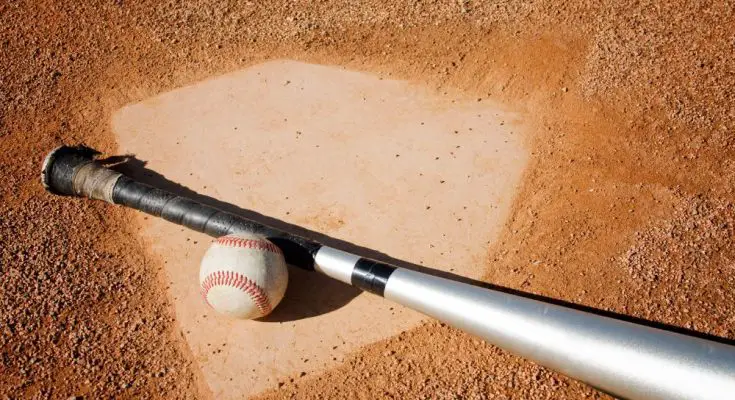Wood bats are synonymous with Major League Baseball. But most players today won’t even take a cut with maple, ash, or bamboo because all they know is the power of an aluminum bat. The aluminum baseball bat has evolved through the years, becoming a powerful force for every hitter who steps into the batter’s box.
The Aluminum Boom
Metal bats have been around for nearly 100 years, although the first versions weren’t effective. Any hitter who made solid contact would dent or even bend the bat. It wasn’t until 1970 that Easton and Louisville Slugger took advantage of the demand for a more potent bat. And with the NCAA allowing aluminum bats in 1974, players took advantage in droves.
Technological Advancements
The pinnacle of aluminum bat advancement was when the composite baseball bat came into the mold. Many associate the “PING!” sound of a batted ball with NCAA baseball. However, the composite bat has a more distinctive sound off the bat—more of a “THUD.”
Composite bats are made of carbon, glass, and even Kevlar fibers that make the ball fly far into the sky. The beautiful thing about these bats is that they age like a fine wine and become even stronger the more you use them. In fact, there are certain methods you can take to hit the ball farther.
For the leagues with regulations on juiced composite bats, there are BBCOR bats. These bats’ designs maintain the same degree of efficiency throughout their lifetime to better manage safety. Additionally, they’re more resistant to manipulation than their composite equivalents.
Ongoing Controversy
With each passing year, baseball bat manufacturers such as Louisville Slugger and Easton have taken advantage of technological advances to produce more powerful bats. Considering that each player’s goal is to hit the ball harder and farther, these companies must strive to improve every year so that players continue to use their products. However, will these manufacturers ever put the kibosh on turning these bats into launching pads?
Hitting 500-feet home runs isn’t the main concern—it’s the fact that the fielders, particularly the pitcher, are in the line of fire. They’re only 60 feet away from the plate, so a line drive to the pitcher can cause irreversible damage. Many MLB pitchers have lost their careers because a line drive struck them.
The evolution of the aluminum bat has changed the game of baseball forever, but has it been for the better? It depends on your outlook—and whether you’re the hitter or the pitcher. But there’s no doubt that aluminum bats bring more excitement to the game, so odds are, they’ll be staples in the game for a long time.
Additional Resources:
LA Dodgers
Houston Astros
Chicago Cubs



